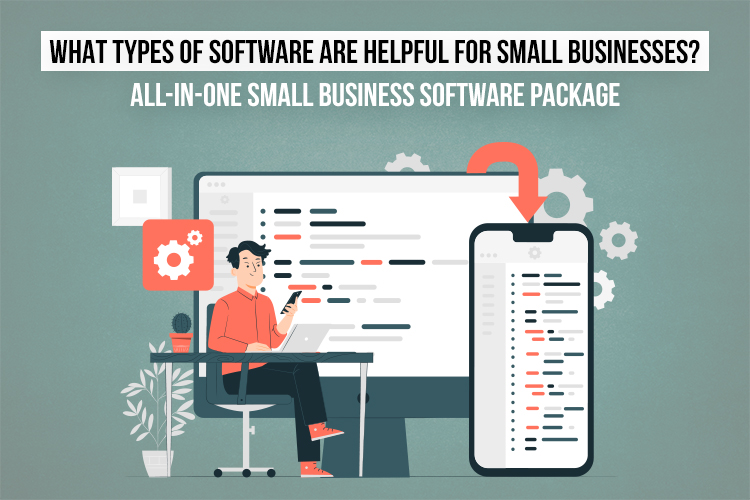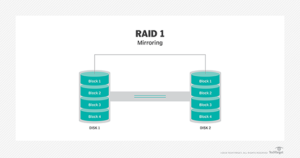The Necessity of Software Updates for Small Enterprises

We’ve all been there – that popup comes up, asking you to update your software. And it takes time – which can be inconvenient for a business on a deadline.
But ignoring those updates could cost your business in the long run. Cyber criminals can exploit vulnerabilities found in outdated software, leading to data breaches and eroded customer trust.
Security Patches
In the digital world, there seems to be a system or piece of software for everything – from apps that let you explore internet browsers in virtual reality to speech enhancement programs. While most businesses are happy to acquire these systems and applications, far too many of them forget to update them on a regular basis.
One of the most important reasons why small businesses need to regularly update their systems and applications is because it protects them from cyber attacks. Hackers are constantly developing new malware applications that can take advantage of outdated systems. The more often you install updates, the less likely your business is to be attacked and have confidential user or client data stolen.
Many of the vulnerabilities in your business’s systems can be easily fixed by applying a patch. However, it’s important to remember that the patch is only effective as long as it remains up-to-date. For this reason, it’s important to have a patch management strategy in place to make sure that patches are applied as soon as possible.
It’s easy to dismiss the importance of software updates by assuming that most of them are just annoying pop-ups that interrupt your work. However, the truth is that updates can actually help your business to run more smoothly and efficiently. They can reduce things like data or battery usage and even offer improvements to program performance, which is something that will benefit your employees and your clients or customers as well.
Performance Enhancements
In a business that relies on technology, regular software updates help increase productivity. Rather than having to wait for outdated systems or applications to load, run and crash, users can work at full capacity with faster, more stable machines. This allows businesses to get more done in the same amount of time, making them more profitable.
When a company is running older software, they may be at risk of exposing confidential information to hackers. Often, cyber criminals look for known flaws that can be exploited. When these flaws are discovered, the software providers release patches to fix them. This is why it’s important to regularly update software and devices with these patches.
With each software update, developers add new features that make devices and systems more efficient. These features can simplify processes, improve workflow and automate tasks, freeing employees to focus on more strategic endeavors. This helps a business to save money by reducing downtime, minimizing hardware replacement costs and eliminating the need for outside consultants.
As a small business owner, you are pressed for time and cannot afford to be slowed down by slow computers or equipment. A few minutes for a device to update and restart may seem like a lifetime when you are trying to meet a deadline. This is why it’s important to use a managed service provider that will automatically install software updates and keep devices updated.
Bug Fixes
There are many reasons why a software update is created, but the most significant reason is to fix bugs. Cyber criminals are always creating new ways to steal data, and software updates can include improvements to security based on these discoveries.
When a bug is identified, it is assigned a severity level and a priority for fixing. The higher the severity, the more critical the issue is and the sooner it needs to be resolved. This helps software providers to prioritize fixes in the order that they need to be implemented.
In addition to addressing bugs, software updates can also make existing systems more efficient. This may include adding tweaks to improve speed or reducing the amount of data used. These changes can increase productivity in the office by making it easier for employees to complete tasks.
While many small business owners may not want to invest the time in installing software updates, they must consider the long-term repercussions of neglecting them. From lost revenue to eroded customer trust, failing to keep up with software updates can be extremely detrimental to the success of any enterprise.
A managed service provider (MSP) can monitor your technology for available updates and deploy them when needed, ensuring that your business has the most up-to-date tools possible. They can even ensure that updates are performed during off-peak hours to minimize disruptions and limit downtime.
New Features
Oftentimes, software updates include new features that can help small businesses run more efficiently and effectively. These enhancements may be as simple as a new shortcut to quickly complete a task, or they may allow employees to work more remotely or collaborate more seamlessly with one another. These improvements can add up to significant gains in productivity.
It’s important for small enterprises to prioritize software updates and understand the risk of delaying or ignoring them. Putting off updating software can leave your business vulnerable to cyber attacks and data breaches, which can cost you time, money, and your reputation.
Additionally, it’s not uncommon for software companies to cease support and assistance for versions of their software that haven’t been updated in a while. This is a way to ensure that they are providing users with the most up-to-date and stable version of their program.
Those annoying pop-ups that urge you to update your software might seem like an inconvenience, but they are necessary for protecting your small enterprise against the growing array of cyber threats and vulnerabilities. Taking the time to install updates regularly is worth it for your business’s long-term security, and will help you keep pace with competitors. It’s also a great way to avoid the hassle and expense of having to completely replace your software.







